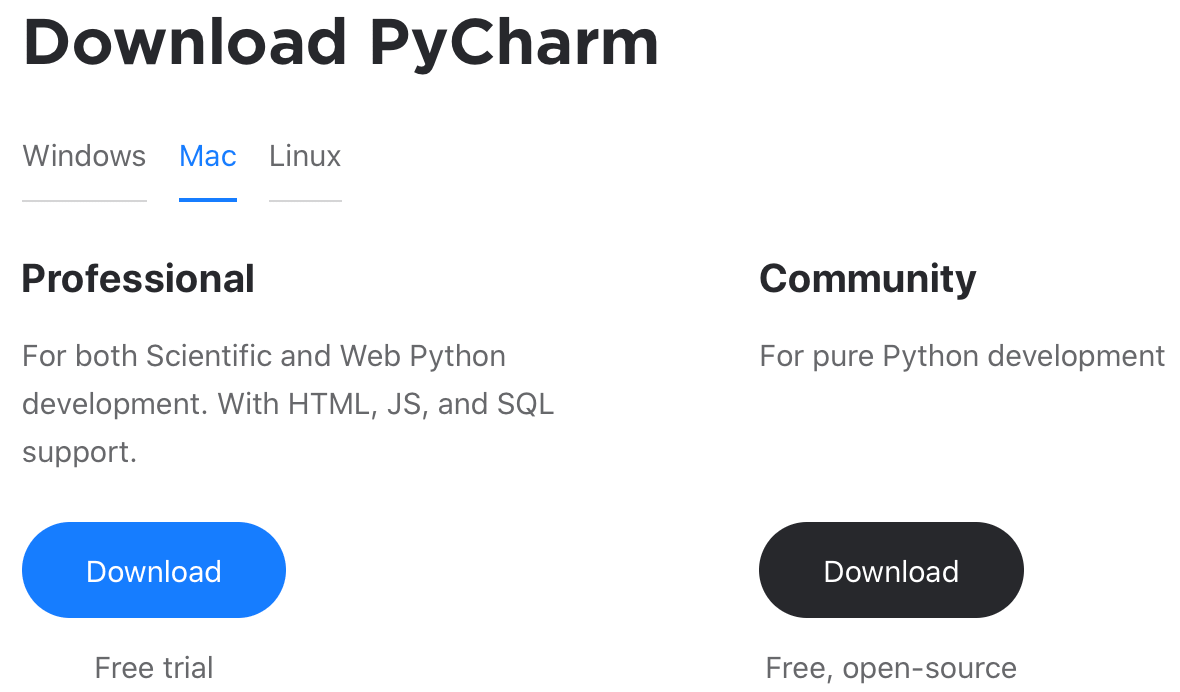

- Pycharm ssh tunnel install#
- Pycharm ssh tunnel code#
- Pycharm ssh tunnel password#
- Pycharm ssh tunnel mac#
You will then be asked to provide information on both MySQL To do this, you will need to use the SSH option, rather than the Standard one Now, you are ready to connect your Sequel-Pro to your database that you have You can then test it from there, and import a SettingĪfter entering the above information, you will be able to see that you are Information from the "Standard" option of connections. Import a database from your own computer directory. The first thing you need to do on Sequel-Pro is to configure local server and You will need to confirm this from the admin authority.Īfter you successfully move Sequel-Pro to Applications, you can launch it from You will find your downloaded Sequel-Pro. You can simply go to Finder to check theĭevices from there.
Pycharm ssh tunnel install#
It is important to upgrade Sequel-Pro to 1.1.2, the most recent version.Īfter you install the 1.1.2 version, you will need to move the downloaded
Pycharm ssh tunnel mac#
Sequel-Pro can only be installed on a Mac computer, not Windows. You to have the convenience of managing your database. I prefer Sequel-Pro, which is a very good looking and easy to use interface for

They have posted a workaround for that on their site. Recognise database names with dollar signs in them (which all databases have You should also be aware that there is a problem in P圜harm where it does not
Pycharm ssh tunnel password#
The "proxy password" should be the password you use to log in to our website (not your MySQL password).The "proxy user" should be your PythonAnywhere username.The "proxy host" should be your SSH hostname (see the options for that at the top of this help page).You can set up the SSH tunnelling from the SSH/SSL tab of the P圜harm connection New Host, Port, Username and Password inputs: Setting Then click the arrow next to the "Use an SSH tunnel" option - this will reveal PythonAnywhere MySQL server by setting up a datasource and telling it to use an SSH tunnel. Klipfolio is an online business dashboard tool you can connect it to your If you're getting intermittent connection errors, try increasing one or both of If you have trouble with the SSH Tunnel connection, the project provides a but you can use any MySQL library you like. You can install on your machine with pip install mysqlclient This example uses the mysqlclient library, which local_bind_port, db = 'your database name, eg yourusername$mydatabase', ) # Do stuff connection. connect ( user = 'your PythonAnywhere database username', passwd = 'your PythonAnywhere database password', host = '127.0.0.1', port = tunnel. ', 3306 ) ) as tunnel : connection = MySQLdb. SSHTunnelForwarder ( ( 'your SSH hostname' ), ssh_username = 'your PythonAnywhere username', ssh_password = 'the password you use to log in to the PythonAnywhere website', remote_bind_address = ( 'your PythonAnywhere database hostname, eg.
Pycharm ssh tunnel code#
Your MySQL database, you can install the sshtunnel packageĪnd then use code like this: import MySQLdb import sshtunnel sshtunnel. If you're running Python code on your local machine, and you want it to access Your SSH hostname (ssh.eu. or )ģ306 if you are not running a local database, else a random number you pick


 0 kommentar(er)
0 kommentar(er)
